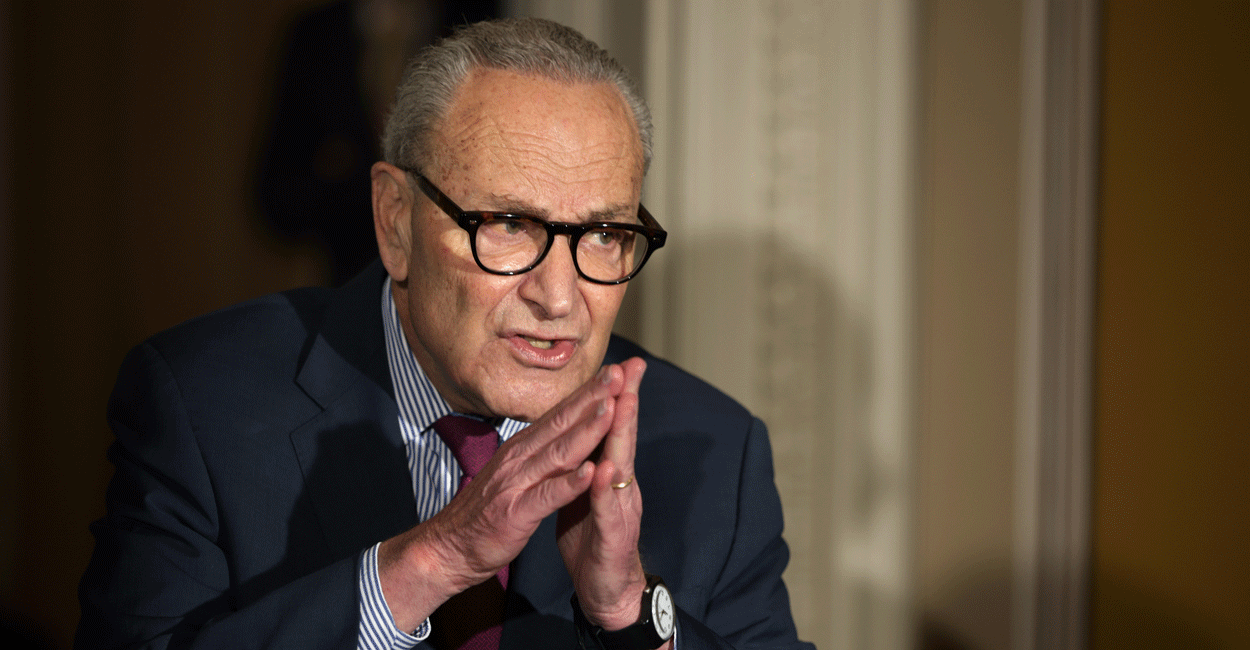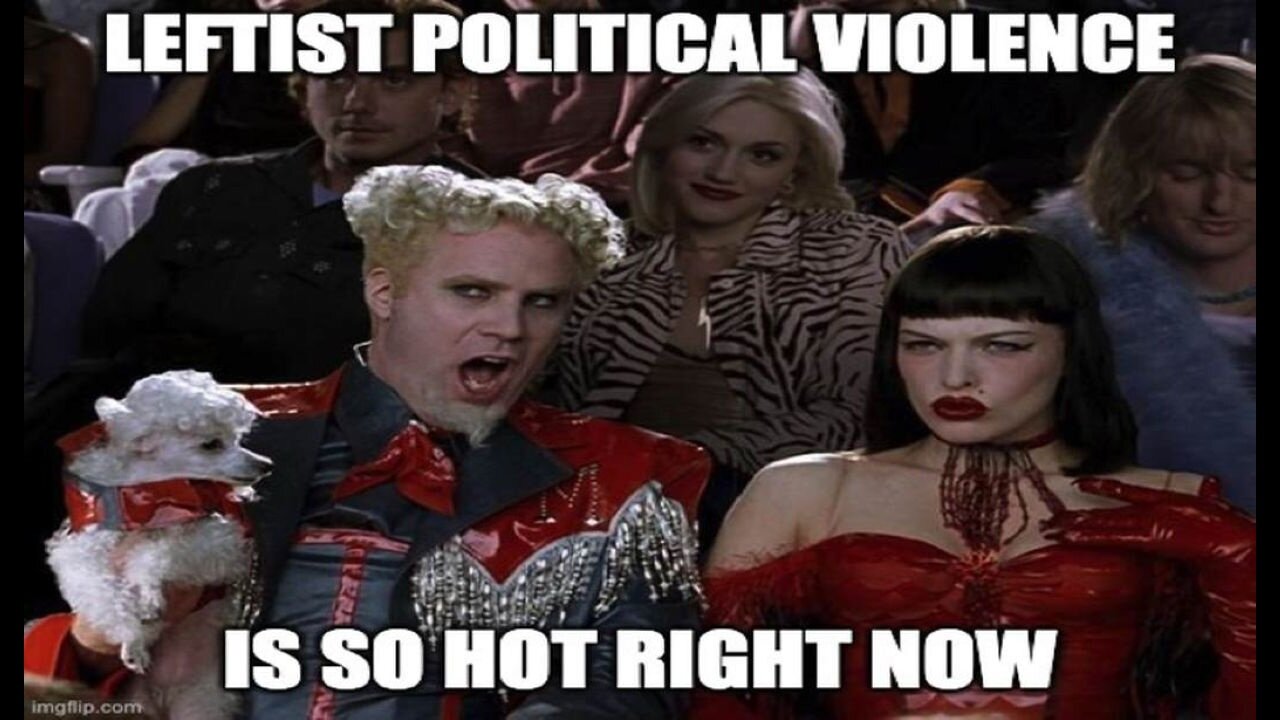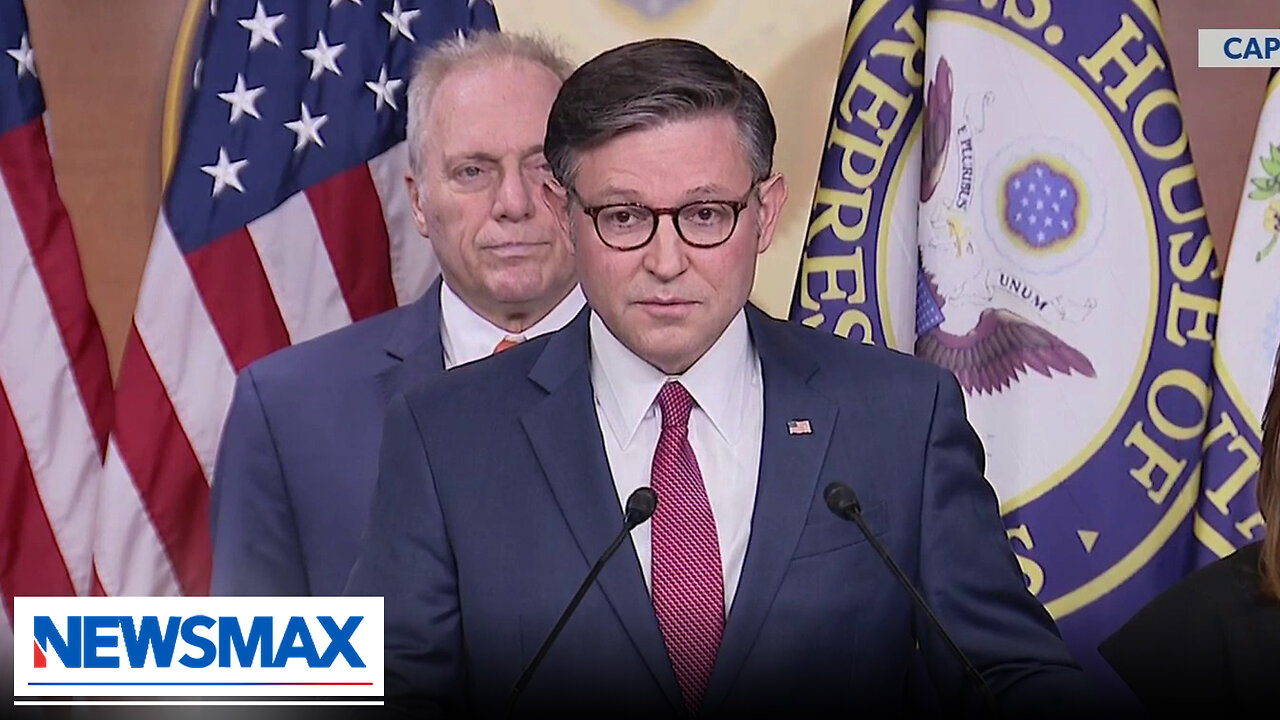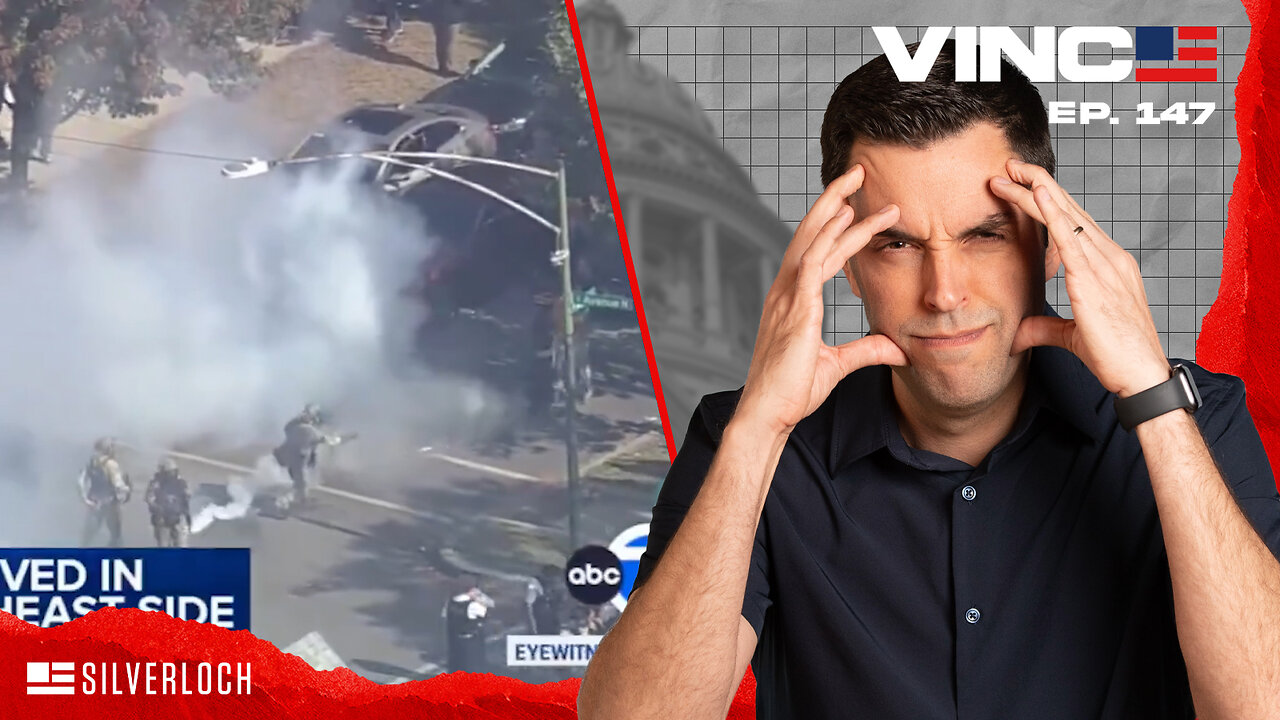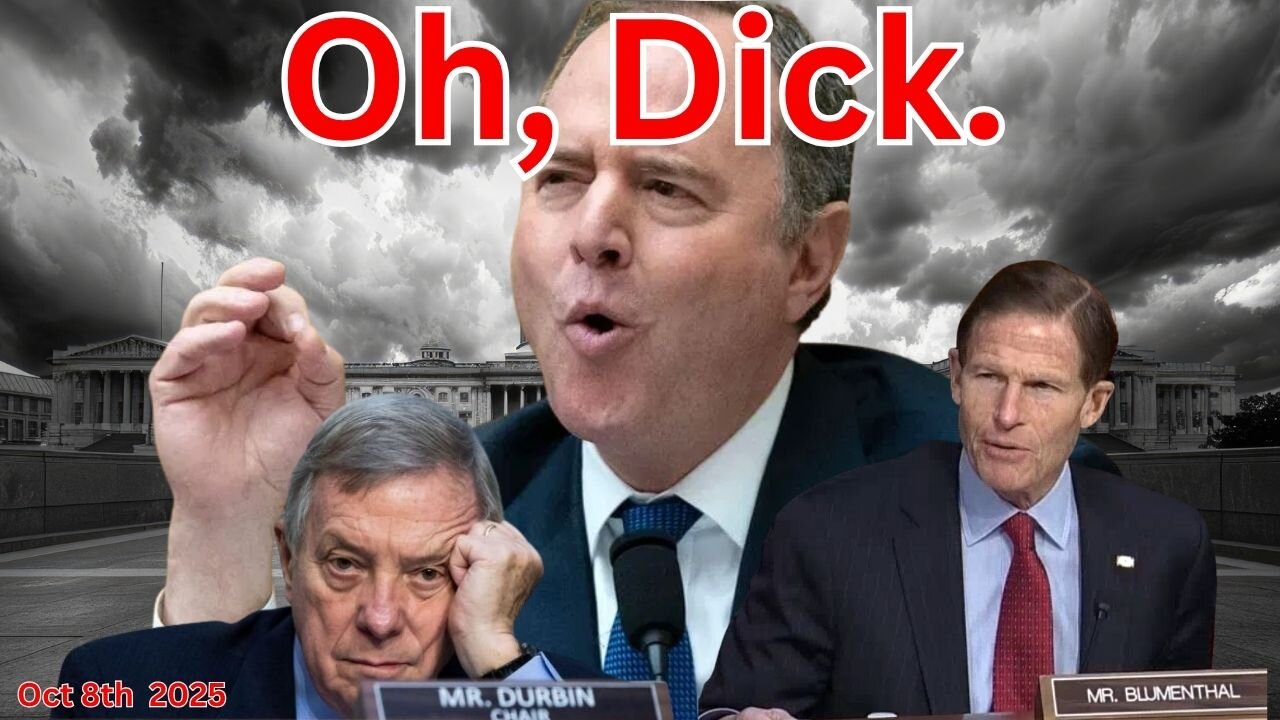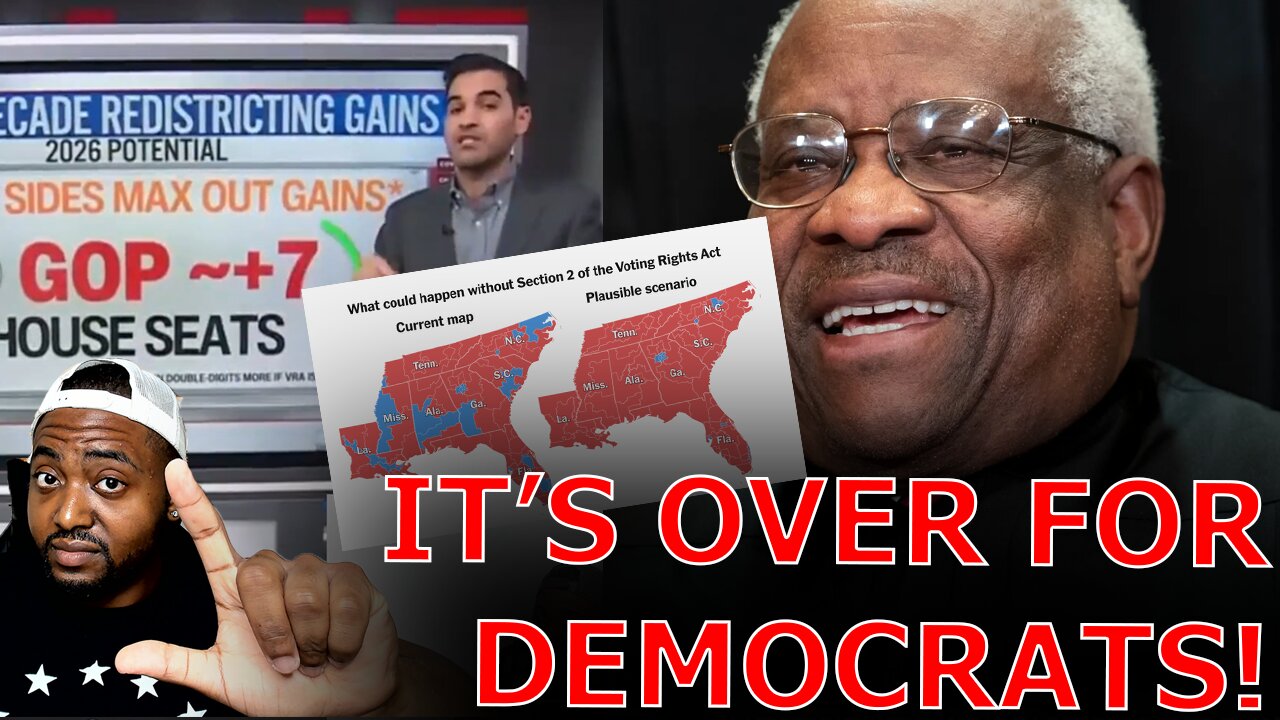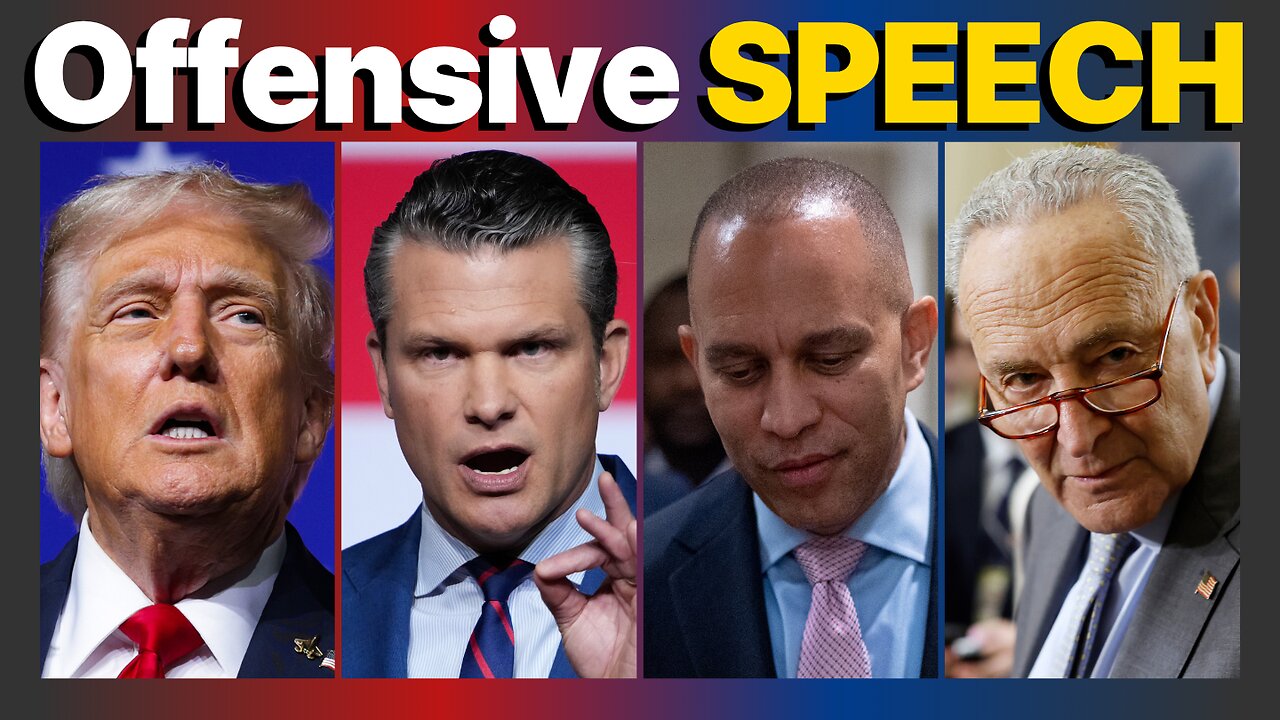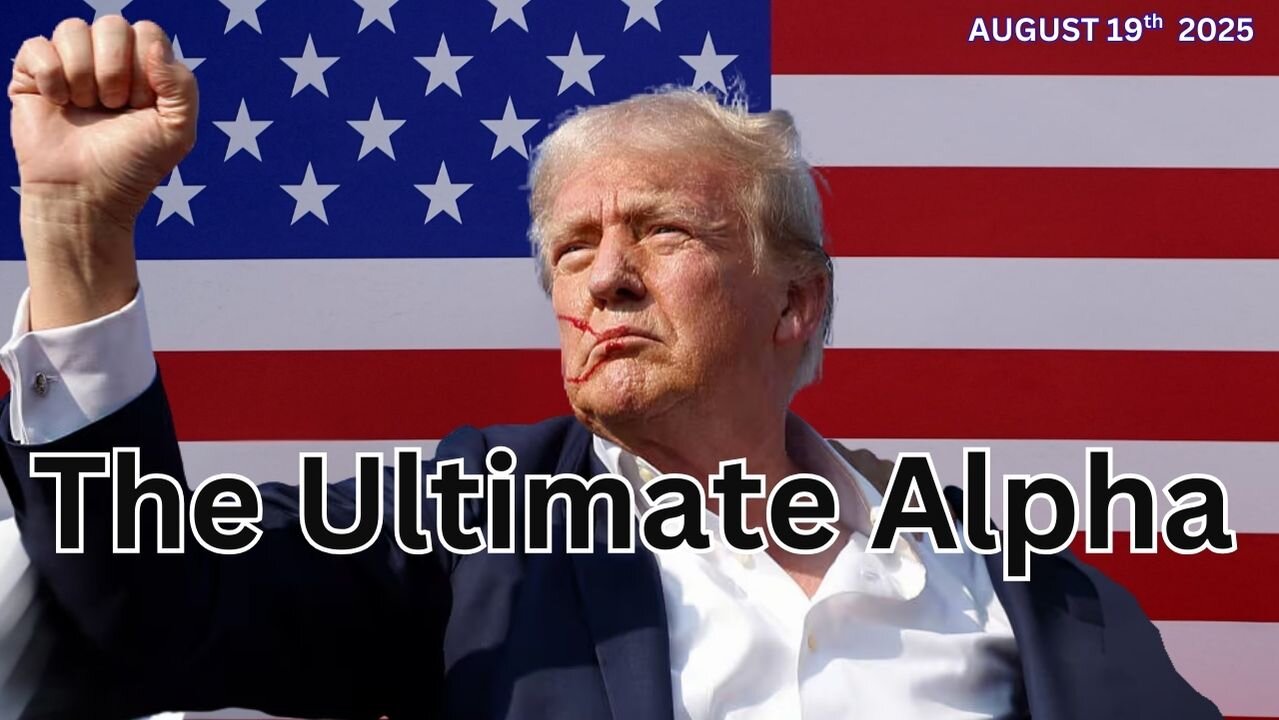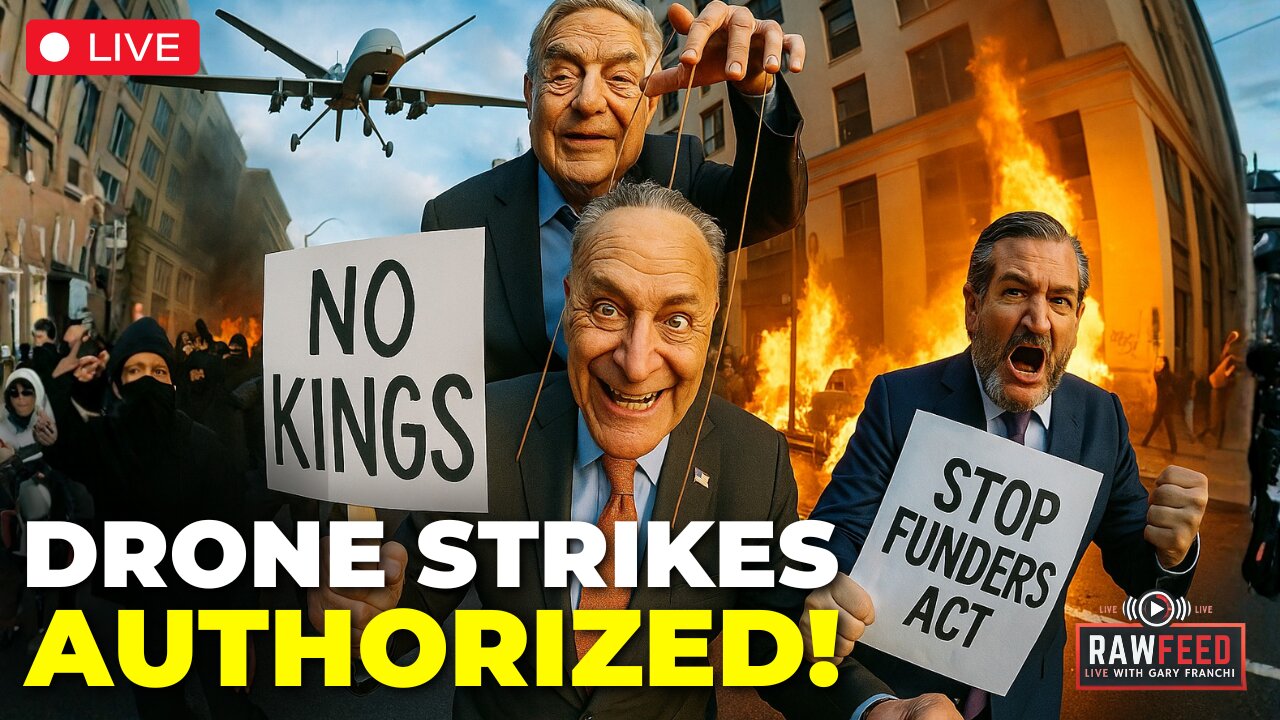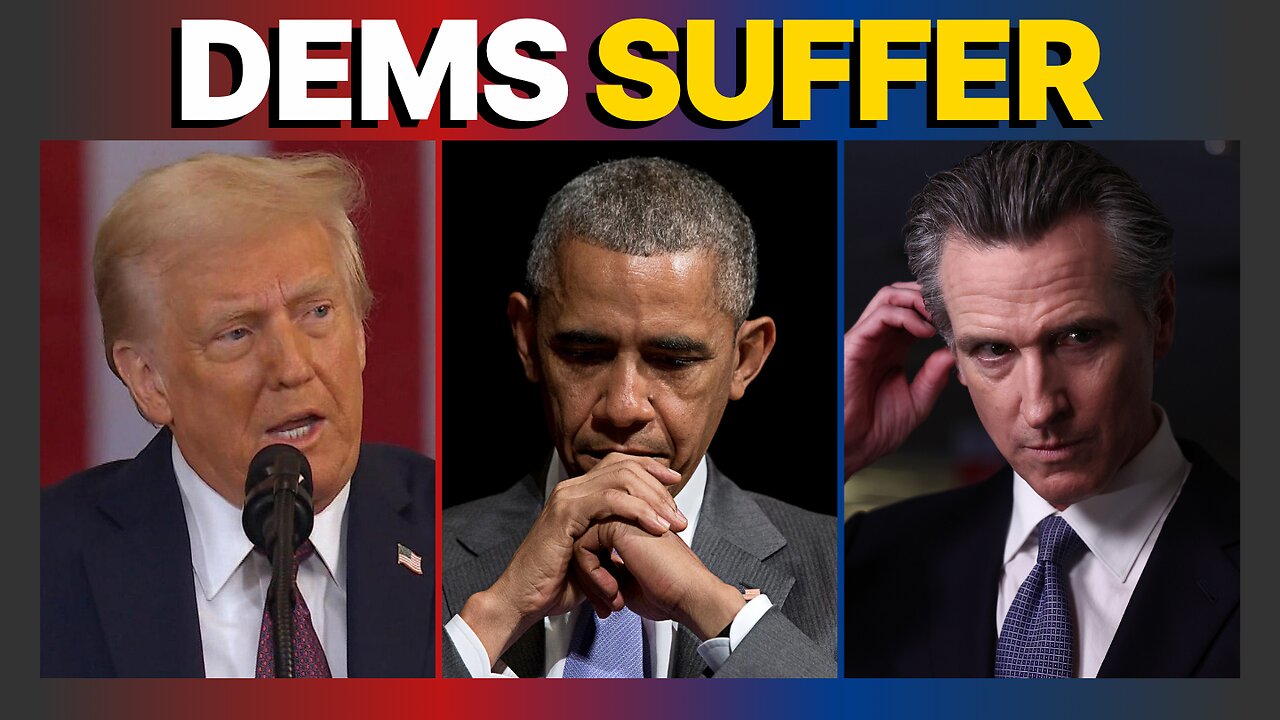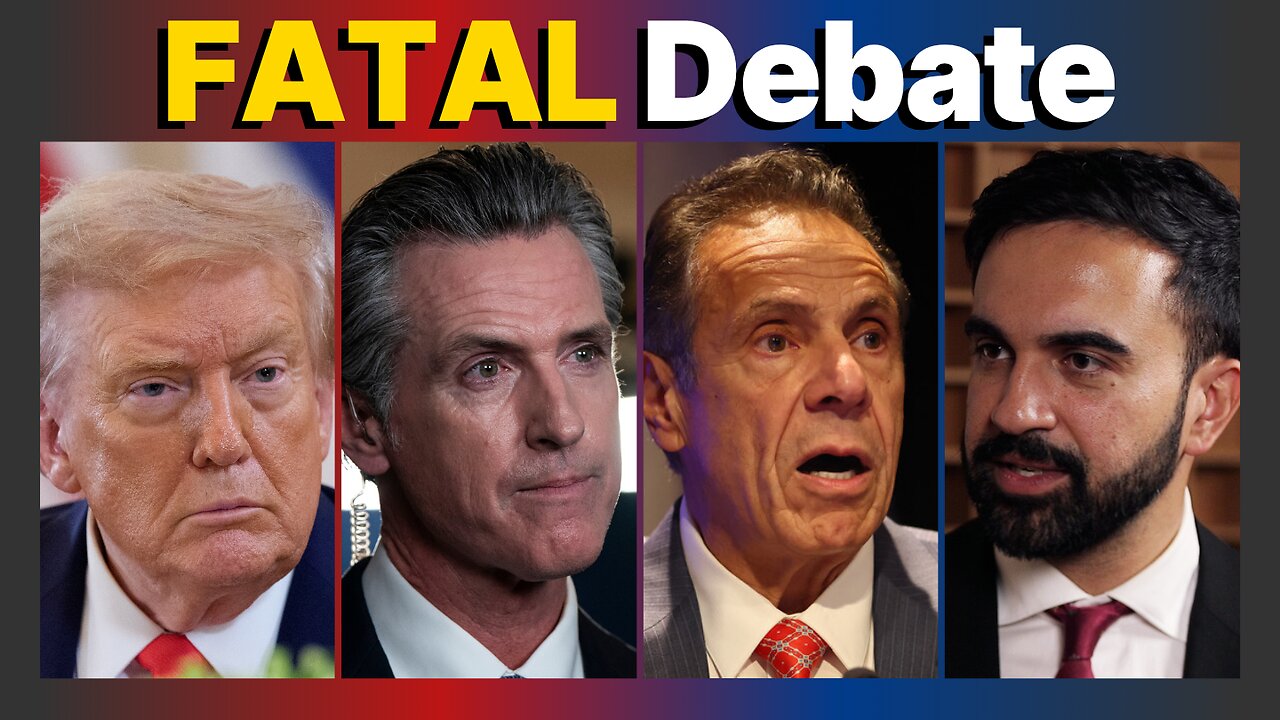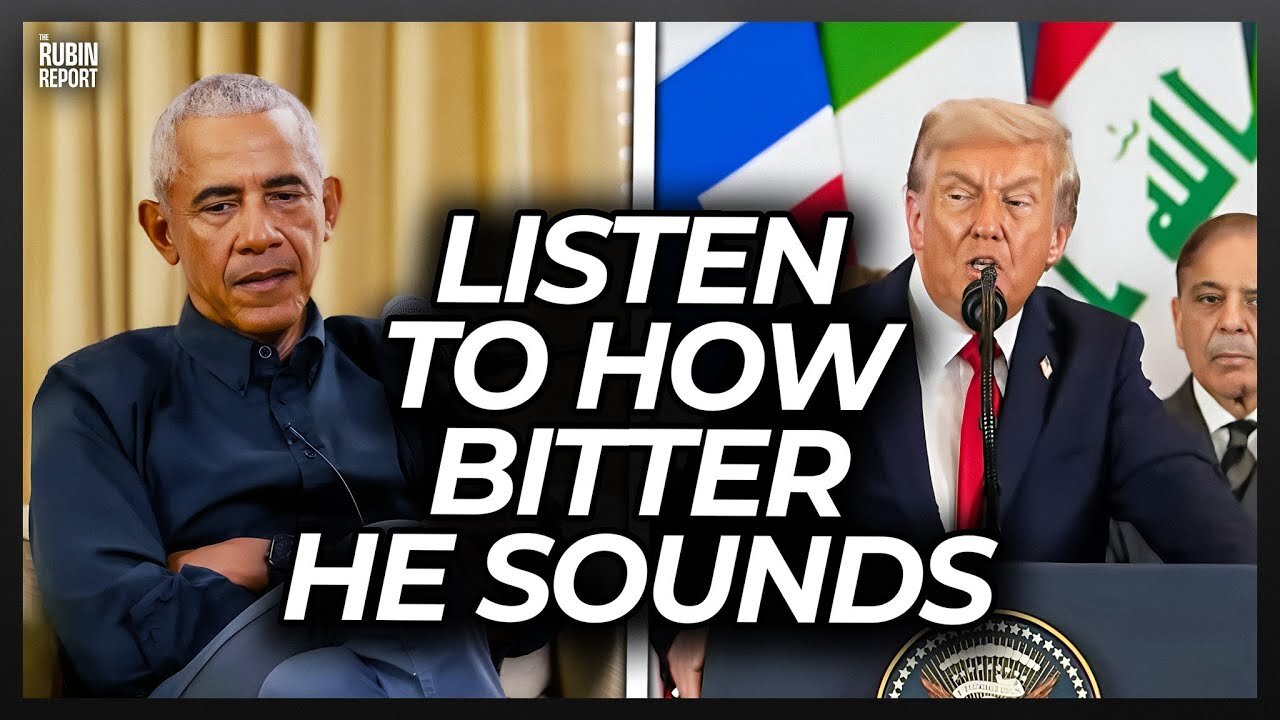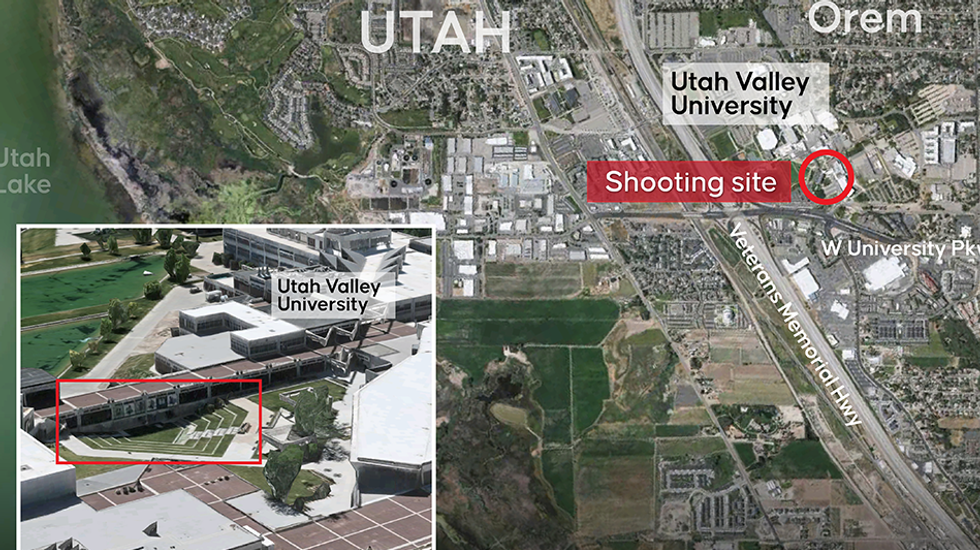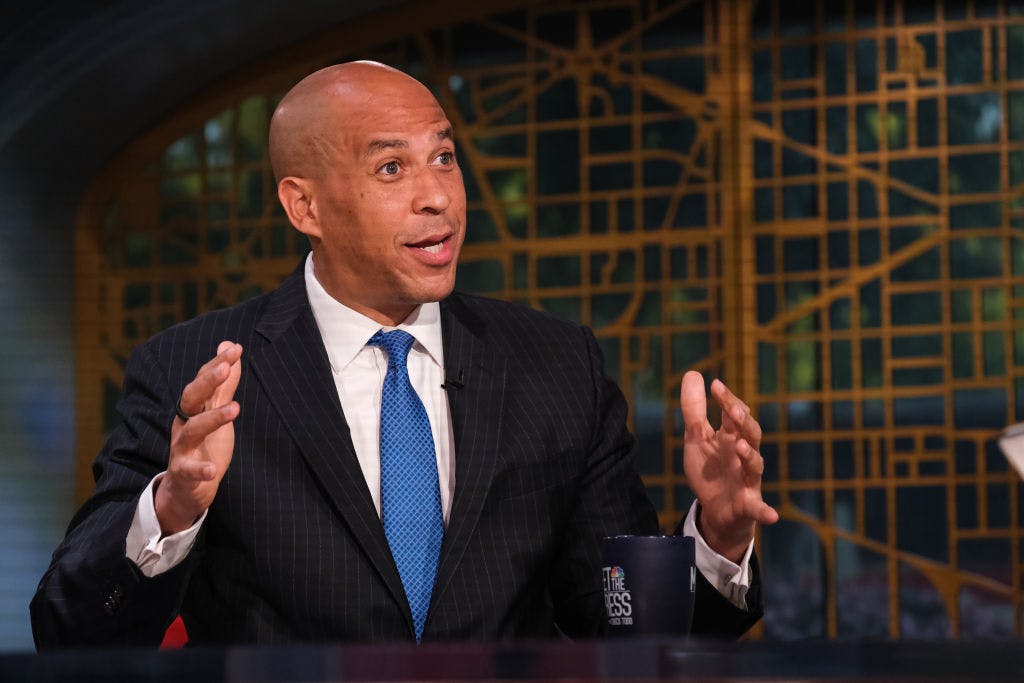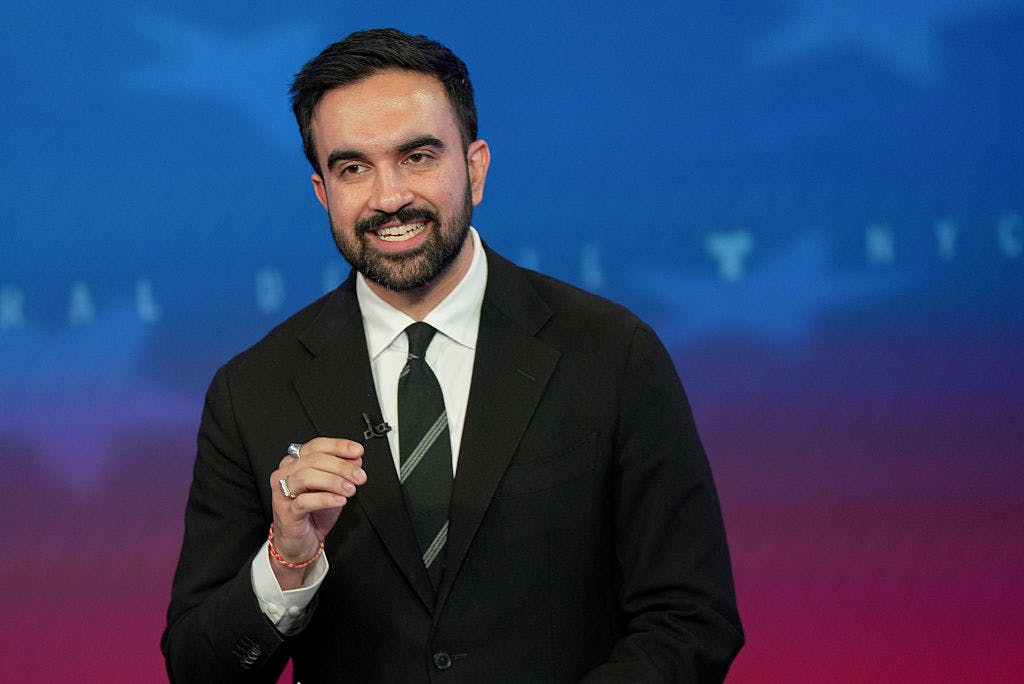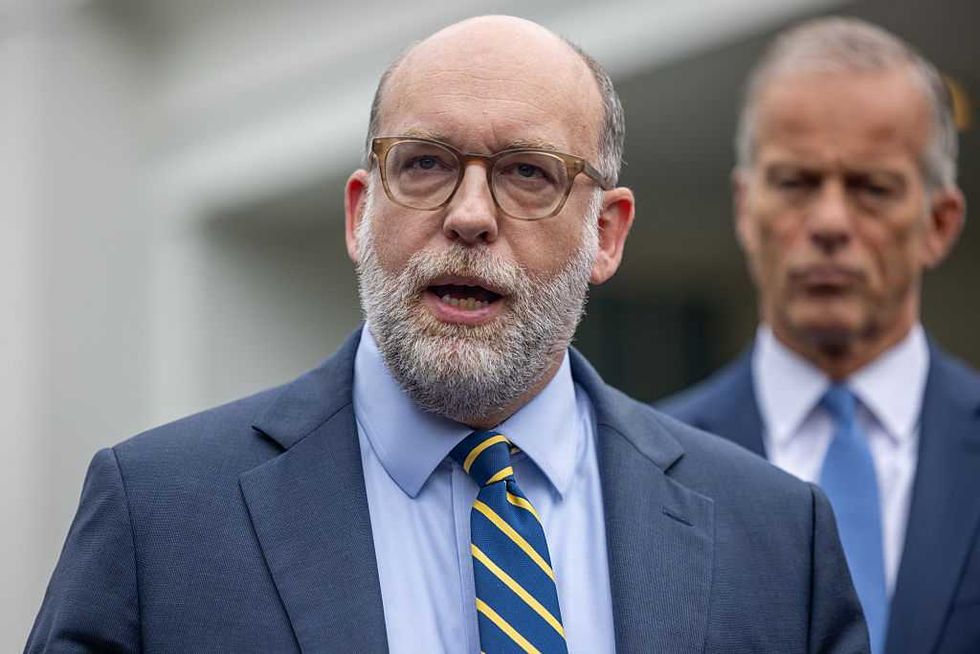Trump Rejects Obama-Era Race-Based School Discipline Policies

The second Donald Trump administration continues to ferret out racial favoritism in education and the federal workforce, and there is plenty to be found. The administration is now turning to K-12 classrooms and already has a good model to use for its latest order to end race-based quotas in school discipline.
On Wednesday, the White House issued an executive order on discipline, rejecting educators’ use of racial quotas when they mete out suspensions or expulsions among students. Such quotas have generated much discussion since President Barack Obama endorsed their use in 2014.
At the time, the Obama administration informed school personnel nationwide that if more minority students faced suspension or expulsion (called “exclusionary discipline”) than white students in their schools, the administration could open a civil rights investigation—regardless of the egregiousness of the student behavior and the appropriateness of the discipline.
The administration specifically praised the race-based discipline model in Broward County, Florida, later resulting in embarrassment for the Obama team after the tragic 2018 school shooting at Marjory Stoneman Douglas High School. Douglas High is located in Broward, and the shooter who took the lives of 17 individuals had been part of the discipline system that limited suspensions and expulsions.
The first Trump administration responded by creating a Federal Commission on School Safety that held hearings around the country asking parents, teachers, school counselors, and local police how best to keep students safe. The commission issued a detailed report with examples of security measures and counseling interventions to keep order in classrooms.
The report concluded that school safety cannot be managed from Washington and that teachers and principals were in the best positions to decide when exclusionary discipline was appropriate, based on student behavior.
President Joe Biden’s administration reverted back to a quota-style system two years ago (appropriately described by the latest Trump executive order as “weaponizing Title VI” of the Civil Rights Act), but now the Trump administration is again ending discrimination in student discipline. And the order is that simple: calling on Education Secretary Linda McMahon to inform schools that they cannot “engage in racial discrimination under Title VI in all contexts, including school discipline.”
Some opponents of these new changes argue that minority students are disciplined more than their peers and this disparity is evidence of racism among educators. Yet an annual survey conducted by the U.S. Department of Education found that black students were more likely to have been involved in physical fights than their white peers (9% versus 5%, respectively).
Researchers such as the Manhattan Institute’s Heather MacDonald and University of San Diego Law School professor Gail Heriot, who is also a commissioner on the U.S. Commission on Civil Rights, are among those who have cited earlier surveys finding that black (4.6%) and Hispanic (3.3%) students were more likely to have reported carrying a weapon on school property than white students (2.4%). A larger share of black and Hispanic students also reported that gangs were present at their schools.
There are any number of causes for these figures, ranging from a higher prevalence of single-parent homes among ethnic minority children to higher concentrations of minority students in urban areas prone to violence and gang activity to educators in persistently low performing schools who are unable to manage their classrooms. Research has not found causal connections between educator bias and school discipline.
Policymakers and parents should help these students and give them access to higher-performing schools. Teachers should have the authority to protect a classroom by removing a violent student. Adults do not do young people any favors by not holding disruptive students accountable for their actions.
Current figures on student behavior indicate higher rates of student infractions since the COVID-19 pandemic, making the issue of school discipline an urgent one. The Trump administration has appropriately raised the issue and should refer back to the 2018 school safety commission report that empowered teachers to keep order in their classrooms and recognized that school personnel in different areas take different approaches to safety. The report gives educators a long list of examples to choose from according to their needs.
Every parent wants his or her child to be safe at school, and no teacher wants to be threatened at work. The first Trump administration disentangled student discipline from racial favoritism in 2018 and is taking a major step to do so again.
The post Trump Rejects Obama-Era Race-Based School Discipline Policies appeared first on The Daily Signal.
Originally Published at Daily Wire, Daily Signal, or The Blaze
What's Your Reaction?
 Like
0
Like
0
 Dislike
0
Dislike
0
 Love
0
Love
0
 Funny
0
Funny
0
 Angry
0
Angry
0
 Sad
0
Sad
0
 Wow
0
Wow
0




